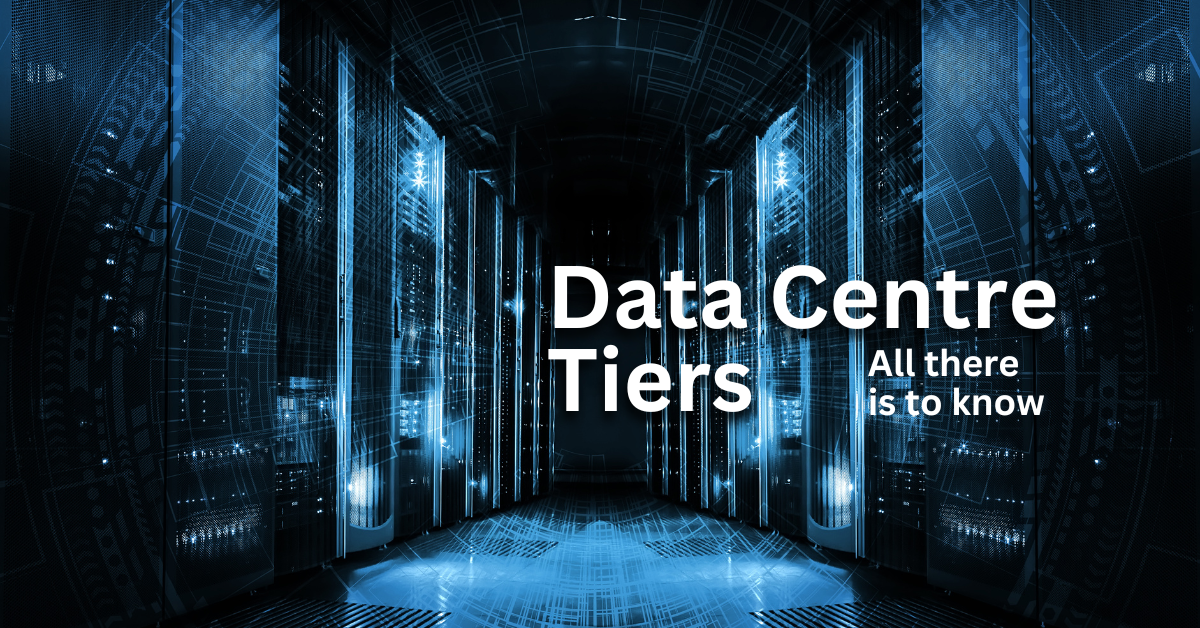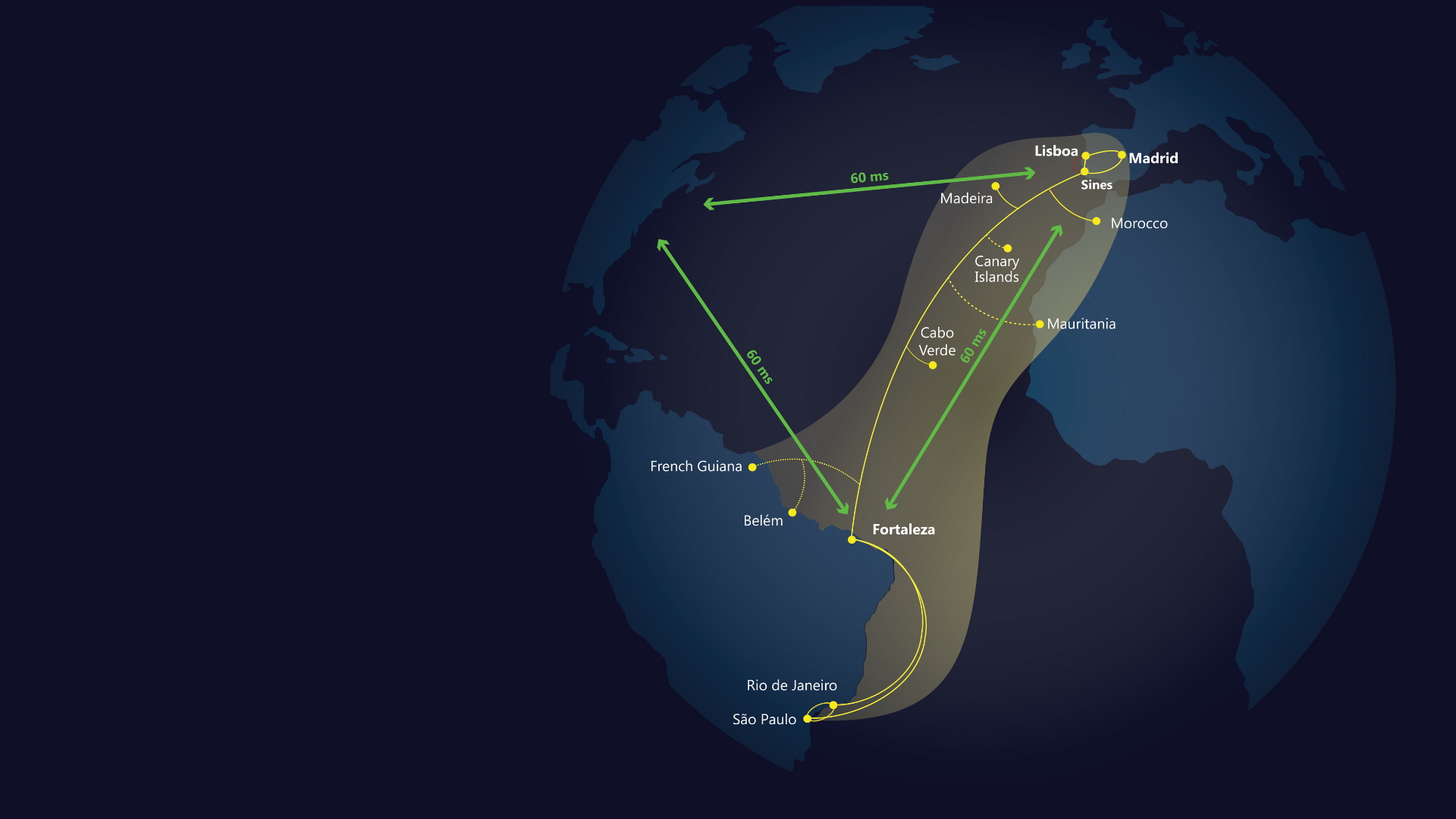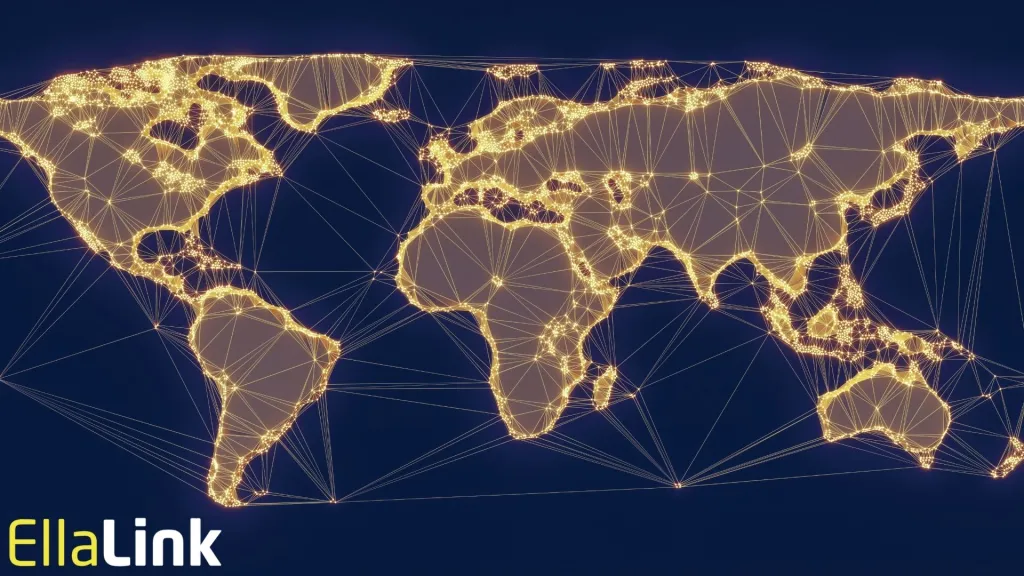Subsea telecommunications cables: A driver for scientific research
The EllaLink GeoLab is a new technical and collaborative initiative to unite the scientific and telecoms communities for the greater good. The importance of climate monitoring and disaster mitigation is well understood, and the possibility of using submarine cable systems to enable further studies into seismology, volcanology, marine ecology and oceanic conditions has been discussed throughout this century.
The EllaLink GeoLab is the first permanent infrastructure dedicated to scientific research embedded into a commercial Subsea Telecom System.
The EllaLink cable that is being deployed across the Atlantic, between Portugal and Brazil, has opened up an opportunity to integrate a scientific component into a commercial submarine cable system. The GeoLab concept was created as a partnership between EllaLink, EMACOM, FCT, and GÉANT to provide an infrastructure for the benefit of the global scientific community.
Scientists have reported for the first time that it is possible to use submarine cable systems to detect the propagation of seismic waves at the bottom of the ocean. According to their observations, this infrastructure could be used to detect not only earthquakes but also underwater noise.
There are already 1,2 million kilometers of telecommunications cables on the seafloor (covering three times the distance from the Earth to the Moon). Composed of optical fibres, subsea cables carry the majority our telephone communications, SMS and emails. And now they could soon acquire a new function: detecting acoustic and seismic waves.
How are waves detected?
Scientists have installed a laser sensor inland the cable end.
“We send light into the optical fibre and thanks to the small impurities inside the optical fibre, part of the light returns to the beginning of the cable. These light returns allow us to measure variations in elongation of the fibre at any point of the cable. We have measurement points every 20 meters, it is as if the submarine cable were a network of 6,500 seismic sensors”, explains Anthony Sladen, researcher at CNRS and member of the Geoazur laboratory. If seismic waves are detected, the submarine cable also collects acoustic waves from wave movement, boats, etc.
In general, it's very complicated to take measurements in the ocean. Instruments degrade fairly quickly due to corrosion and electronic component reliability. It's also very complicated to communicate with this type of equipment at a depth of 2,500 meters. The submarine cable allows to be as close as possible to the submarine rifts. With the use of submarine cables scientists will be able to detect or prevent an earthquake.
The EllaLink GeoLab initiative aims to provide the scientific community with real-time, accurate and relevant data on seabed conditions along the EllaLink cable route. EllaLink is the first telecoms submarine cable in the world to integrate SMART cable concepts into their design.
Interviews
Philippe Dumont, CEO of EllaLink said “In a time of continued environmental change, critical information about the planet can be ascertained from the seabed. Submarine telecoms cables are best placed to monitor seabed conditions continually and to make such data available to scientists on-land. We are proud to lead the way into a new era of submarine cable systems supporting scientific progress.”
Erik Huizer, CEO of GÉANT added “GÉANT provides users with highly reliable, unconstrained access to computing, analysis, storage, applications and other resources, to ensure that Europe remains at the forefront of research. EllaLink will provide direct connectivity between the research and education communities of Europe and Latin America, thanks to the work of the BELLA Consortium of which GÉANT is a member. GÉANT therefore welcomes the development of a dark fibre research infrastructure that can support DAS and other technologies, without disturbing telecommunications traffic, as a further engagement from EllaLink for the R&E community.”
You May Also Like
Data Centre Tiers – All there is to know
Ever heard of TIER 1, 2, 3 or 4 Data Centers? Have you stopped to think about what it means? Data c
Angola Cables & EllaLink: Transatlantic Connectivity Agreement
An unprecedented partnership, Angola Cables and EllaLink have come together to revolutionize tra
What are submarine cable?
Oceanic data transmission is made possible through submarine cables, which link continents and are e


